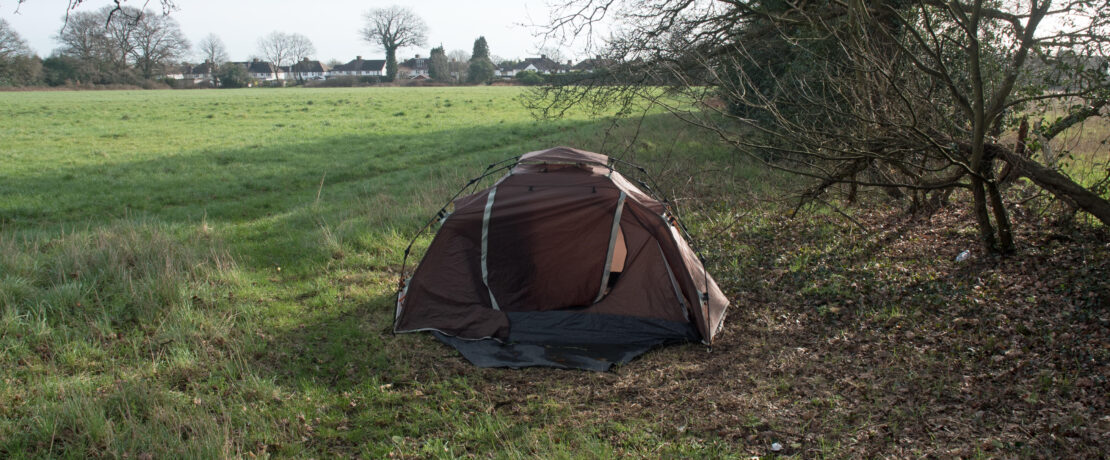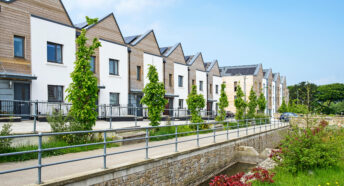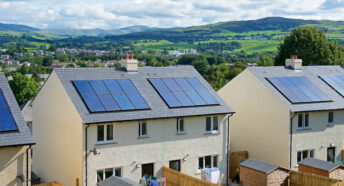Rough sleeping in countryside higher than some urban areas, analysis shows
The hidden rural housing crisis continues to worsen along with its tragic impacts on people and families. This includes rates of rough sleeping, which new CPRE analysis has revealed are worse in rural areas than many of our towns and cities.
Levels of homelessness have leapt 40% in the countryside in just five years. This crisis is being fed by record house prices, stagnating wages, huge housing waiting lists and a proliferation of second homes and short-term lets.
Our recent report ‘Unraveling a crisis: the state of rural affordable housing in England’ explores the causes of the problem, lays bare its impact on real people and explains what the government can do to fix it.
New analysis
Shockingly, CPRE analysis has revealed that a greater proportion of people are sleeping rough in the seven worst affected rural local authorities – Bedford, Boston, North Devon, Cornwall, Boston, Bath and Northeast Somerset, Torridge and Great Yarmouth – than they are in London, Leeds or Norwich. People sleeping rough are defined as those sleeping in the open air, tents, makeshift shelters or buildings not meant for human habitation.
Unlike those in urban areas, people sleeping rough in the countryside are often hidden out of sight, camping in fields or sheltering in farm buildings. They are also less likely to have access to support services. This means the analysis, which uses the government’s own data, almost certainly underestimates the scale of the crisis.
In September 2023, the latest month for which data is available, 48 people per 100,000 were sleeping rough in Boston, England’s worst-affected rural local authority. The figures for Bedford and North Devon, which have the next-highest rates of rough sleeping, were 38 and 29 respectively. This compares with 23 in London, 19 in Norwich and 14 in Leeds.
In England, 12 local authorities designated as largely or predominantly rural had levels of rough sleeping higher than the national average (15 people per 100,000). These were spread across the country, with examples in all regions except the North East, demonstrating the breadth of the problem.
Tackling the crisis
The affordable housing and rural homelessness crises lays bare the issues that rural communities are facing. From a lack of affordable housing, to rural economic decline, we’re calling for bold action from the government.
The government urgently needs to redefine the term ‘affordable housing’ in line with average local incomes, increase the minimum amount of genuinely affordable homes and homes for social rent required by national planning policy, and extend restrictions on the resale of ‘affordable housing’ to ensure it can be used by local people, not as second homes or holiday lets.
In addition, the Rural Homeless Counts Coalition, of which CPRE is part, is calling for robust action in tackling homelessness. This includes improving homelessness support services in rural communities, better methods for identifying homelessness in the countryside, and dedicated investment in rural social housing. Read the coalition’s rural homelessness report here.








